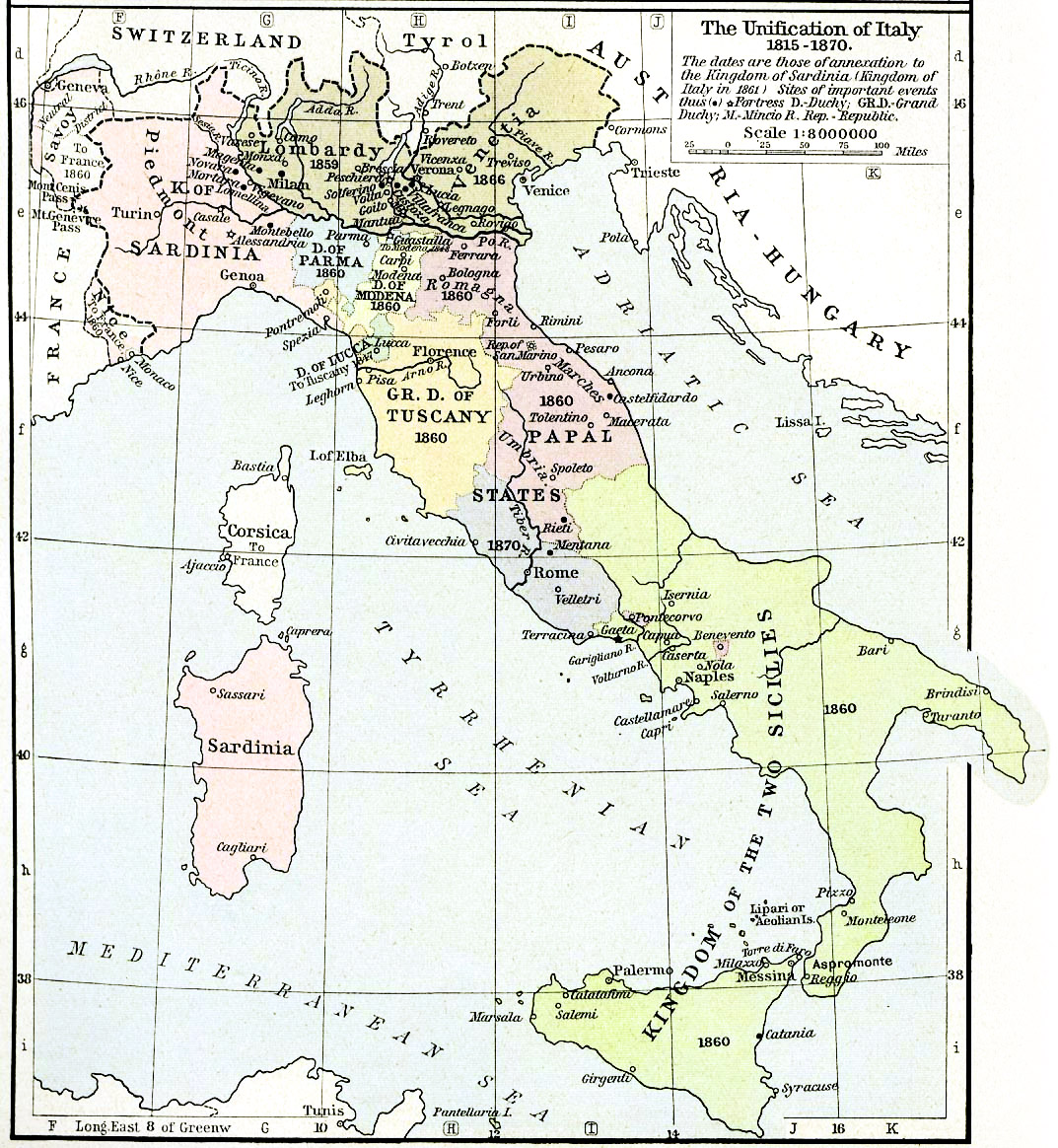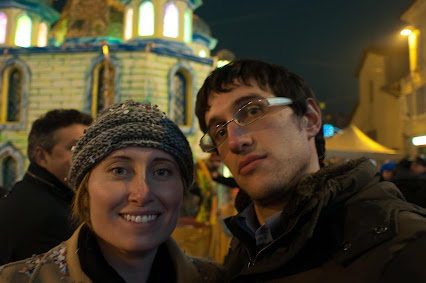On Feburary 25 and 26, 2012, Daniele and I spent the weekend in Umbria. We spent most of the 25th in Assisi and that night and the following day visiting his mother's family in the country near Sellano.
This write-up and photos are from almost a year ago, February 2012, but they never made it up. I'm trying to upload old pictures and the accompanying stories now with back dates so they are archived in order.

This past weekend Daniele went to the tiny town where his mother is from in Umbria. Umbria is in central Italy sandwiched between Lazio (Rome's region on the West coast) and Marche (East coast) with Tuscany (and Florence) to the North. It is the only land-locked region in central Italy. These regions are like states and have their own local governments*. It was only 150 years ago that they were all individual kingdoms, except Lazio, Umbria, Marche, and Romagnia (now Emilia-Romagnia, the region West of Tuscany) were part of the State of the Church.
*Interesting, following the “example of the United States”, Italy has been decentralizing its power and giving more control to local governments.

Italy pre unification (150 years ago)
Italy today
I'm getting off topic. Umbria looks very much like the countryside of Lazio or Tuscany, but it's just that much more rural. Daniele said the house where his mother grew up didn't even have electricity when she was born. That is actually exactly where we were staying, with his mother's sister. They live in the town of Sellano, which is already pretty small, but we were actually outside in the sub-area/zone of Calcinaro. Calcinaro has very few residents. The young people move to where there is more work so everyone who is left is old and even they are counting down.
As I mentioned, we stayed the night with Daniele's Aunt Caterina and Uncle Giuseppe in his mother and aunt's family home. I had never been in a house like this; even homes 40 minutes outside Rome are still condos/apartments. The largest I've been in before this was a barbeque in what I would describe as a multiple-family-home; over an hour from Rome, they had a garden and two stories but still shared walls with their neighbors. This was an independent house, with two floors, and not only were there chicken coops outside, but old turkey ones, all sorts of stuff.
Caterina cooked us a delicious dinner on Saturday and lunch on Sunday. I won't list all of the courses, there were many, but I'll give some highlights. She has this big wooden board that goes over a similar sized table in her kitchen. She uses this surface for rolling out pizza and pasta dough (she made stringozzi, a handmade spagetti-like pasta particular to this region for us). To roll out the dough she uses the rolling pin of HER grandmother (without being rude to Rina, I can't imagine how old Daniele's mother's and her older sister's grandmother's rolling pin is). The rolling pin was completely unique. If you know much about wood rolling pins, the french style is tapered at the ends and the Italian “pasta style” is a consistent diameter dowel. This monster looked more fit to be a table leg than a rolling pin; it was not tapered, a dowel about as wide as my forearm and long as my leg.
I didn't partake in this part, but they roasted the meat in the fireplace, which I hear makes it taste extra good (the fact that the meat was probably running around their yard that morning probably helps, too). Their fireplace is neat, it has iron pipes coming down passing through the flames that is used as a secondary hot water heater.
Normally they would slaughter one of their chickens for company, but since I don't eat meat and Daniele doesn't really like chicken, some little bird got to live another day. I got to enjoy their eggs though for one of the courses at Sunday lunch, and they were delicious! We had a frittata which is an Italian omelet that is eaten for lunch or dinner and not breakfast. The reason Caterina made this was because it is the traditional way to prepare truffles. Earlier we had a discussion about truffles. Apparently they grow in this area and Giuseppe goes out collecting them every so often. He uses a dog, which does the job better than a pig. Apparently they only used pigs in like the middle ages before dogs were so easily available. I was really blown away to hear him talk about the differences between winter and summer truffles (winter are better, but also harder to find). There is a annual truffle festival not too far from here being held in another week. Their knowledge of a food that I have only ever had sparingly grated over a pasta, or infused in an oil that was then drizzled over my plate blew my mind a bit. Update 4/2013, I now eat a sinful amount of truffles.

Daniele and I explored the area a little bit Saturday morning. We walked to Vio, up on the hill top, which is another zone/area of Sellano. There we saw the oldest church in Sellano and a few more people moving about. Apparently a few German families have bought up houses in the area for summer homes. On our way walking up we passed people Daniele knew. They are the last family in the area to herd sheep, and that's what they were doing, though it seemed they had almost as many dogs as sheep. We talked to Luigi, his mother, and saw his brother. Luigi was very friendly. His mother, I feel bad, but I really thought she was a man until Daniele told me otherwise that night. He pointed out she was wearing a dress, I pointed out she had a beard and old people dress weird! And when I say she had a beard, I mean you could have braided those white hairs. Daniele's aunt and uncle have an accent, but I can mostly understand them, this women I couldn’t understand a word-- but neither could Daniele!


We also walked to Ottaggi a different hill. From there we could see Sellano, the actual 'city' along with temporary housing that was built for people after the earthquake in 1997 but is still in use.

Sunday after lunch we paid a visit to the next door neighbor, a woman named Maria. The area is rural, but the houses are built in clumps, Maria's door is 20 feet from Caterina's. When we were going, I asked if I needed a coat, and they laughed at me. There is probably not another house for a mile, but Rina and Maria could have a conversation from open windows in their respective houses if they wanted. Shortly after we arrived her daughter, Elide joined. She is the companion (word Italians use for adult long-term relationship, particularly when you live together) of Luigi, who we met earlier herding sheep. Another woman, Giulianna joined as well. Giulianna works at a cheese factory and gifted us a full wheel of fresh ricotta made that day. I think Daniele's parents told his aunt I like it. They were all actually really fun. Giulianna particularly talked about seeing the United States the way many Americans talk about going to Italy (or insert favorite European country here). At one point they were joking about their accents and I wasn't sure if I could laugh. They definitely had accents, but so does Daniele. Theirs was weird. It was clearly county: like Appalachian meets Italian. There was definitely that “small town” everyone knows everyone feel. While, I understand and admire why Daniele's mother left this town for Rome I really liked it here. I hope economic pressure doesn't wipe out the whole town.
Caterina and Giuseppe have three sons: Massimo, Mauro, and Giulianno. Giulianno had to work, but I had met him and his wife another time. Massimo, his wife Catia, their children Sara and Diego, Mauro, his wife Stefania, and their children Martina and Marco all came over for the afternoon. The family is lucky in that the cousins, the two older girls and the two younger boys, are about the same ages. This is the most of Daniele's family I had ever met. This pretty much was his family, it's just far away. I loved all of them! Especially Catia and the girls: Sara and Martina.
The complete album from this weekend including Assisi:
https://plus.google.com/photos/111221349198606775660/albums/5862010840111467969
 Basilica of St Francis
Basilica of St Francis Upper church
Upper church Lower church
Lower church Sacro Convento
Sacro Convento













